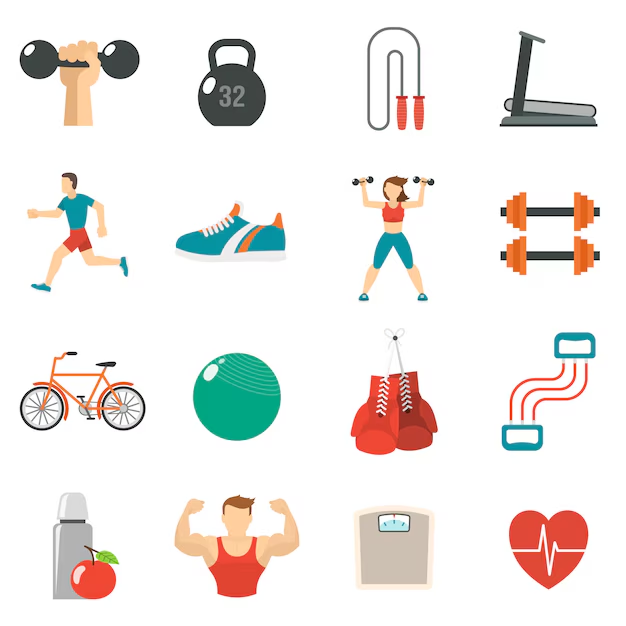The Role of Meditation in Overcoming Negative Thought Patterns

Updated at: 2023-08-05 23:44:12 (2 years ago by Melkisedeck Leon Shine)
The Role of Meditation in Overcoming Negative Thought Patterns 🧘♀️🧠
Negative thought patterns can be incredibly damaging to our well-being and overall happiness. They can create a cycle of negativity that affects every aspect of our lives, from our relationships to our work performance. But fear not - there is a powerful tool that can help break free from this destructive cycle: meditation. 🌟
Meditation has been practiced for thousands of years and has proven to be an effective method for calming the mind and cultivating positive thoughts. As AckySHINE, I advise incorporating meditation into your daily routine to overcome negative thought patterns and experience a more fulfilled life. Here are 15 reasons why meditation is essential in this journey: ✨
-
Meditation helps to quiet the mind and create a sense of inner calm, allowing us to observe our thoughts without judgment. 🧘♂️
-
By practicing mindfulness during meditation, we can become aware of negative thought patterns as they arise, enabling us to interrupt and redirect them towards more positive and constructive thoughts. 🌈
-
Regular meditation cultivates a positive mindset and trains the brain to naturally gravitate towards more optimistic thoughts. 🌞
-
It provides an opportunity for self-reflection, helping us to identify the root causes of our negative thought patterns and work towards resolving them. 🌿
-
Meditation enhances self-awareness and emotional intelligence, empowering us to navigate challenging situations with clarity and resilience. 🌟
-
It reduces stress levels, which can often trigger negative thoughts, by activating the body's relaxation response and promoting a sense of well-being. 🌼
-
Through meditation, we can learn to detach ourselves from negative thoughts, recognizing that they do not define us and are not a true reflection of reality. 🌌
-
It improves focus and concentration, allowing us to redirect our attention away from negative thoughts and towards more positive and productive endeavors. 🎯
-
Meditation boosts creativity and problem-solving abilities, enabling us to approach challenges with a fresh perspective and find innovative solutions. 🌠
-
It promotes self-compassion and self-acceptance, helping us to release self-critical thoughts and cultivate a more loving and supportive relationship with ourselves. 💕
-
By practicing meditation, we can develop a greater sense of gratitude and appreciation for the present moment, shifting our focus away from negativity and towards the abundance in our lives. 🙏
-
It improves overall mental health and well-being by reducing symptoms of anxiety and depression, which often stem from negative thought patterns. 🌈
-
Meditation enhances our ability to regulate our emotions, allowing us to respond to challenging situations in a calm and balanced manner. 😌
-
It strengthens the mind-body connection, promoting physical health and vitality, which in turn positively impacts our mental well-being. 💪
-
By incorporating meditation into our daily routine, we create a positive habit that supports our overall growth and transformation, leading to long-lasting change. 🌟
In conclusion, as AckySHINE, I recommend making meditation a regular practice to overcome negative thought patterns and cultivate a more positive and fulfilling life. The benefits of meditation extend far beyond the meditation cushion, permeating every aspect of our lives. So why not give it a try? Start small, be consistent, and witness the transformative power of meditation in your own life. What are your thoughts on meditation? Have you tried it before? Let me know in the comments below! 😊🌈








